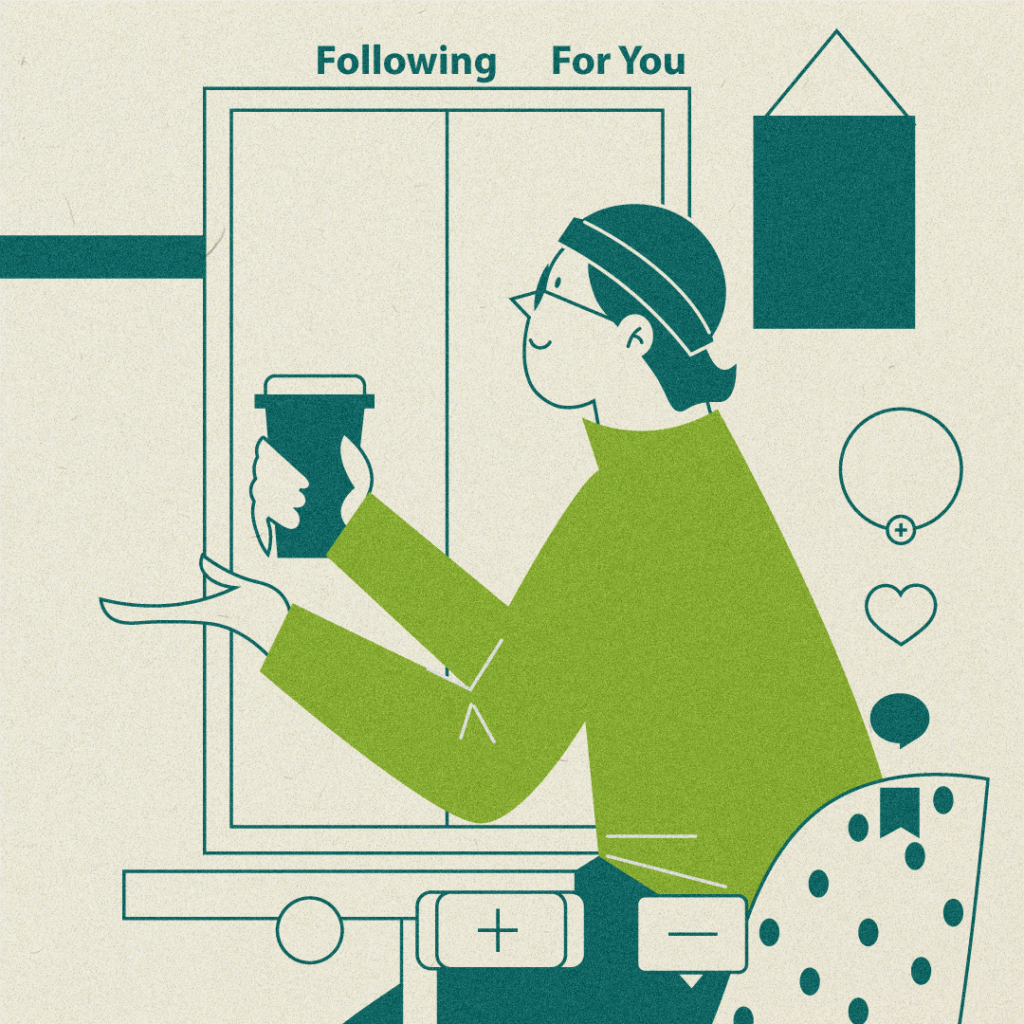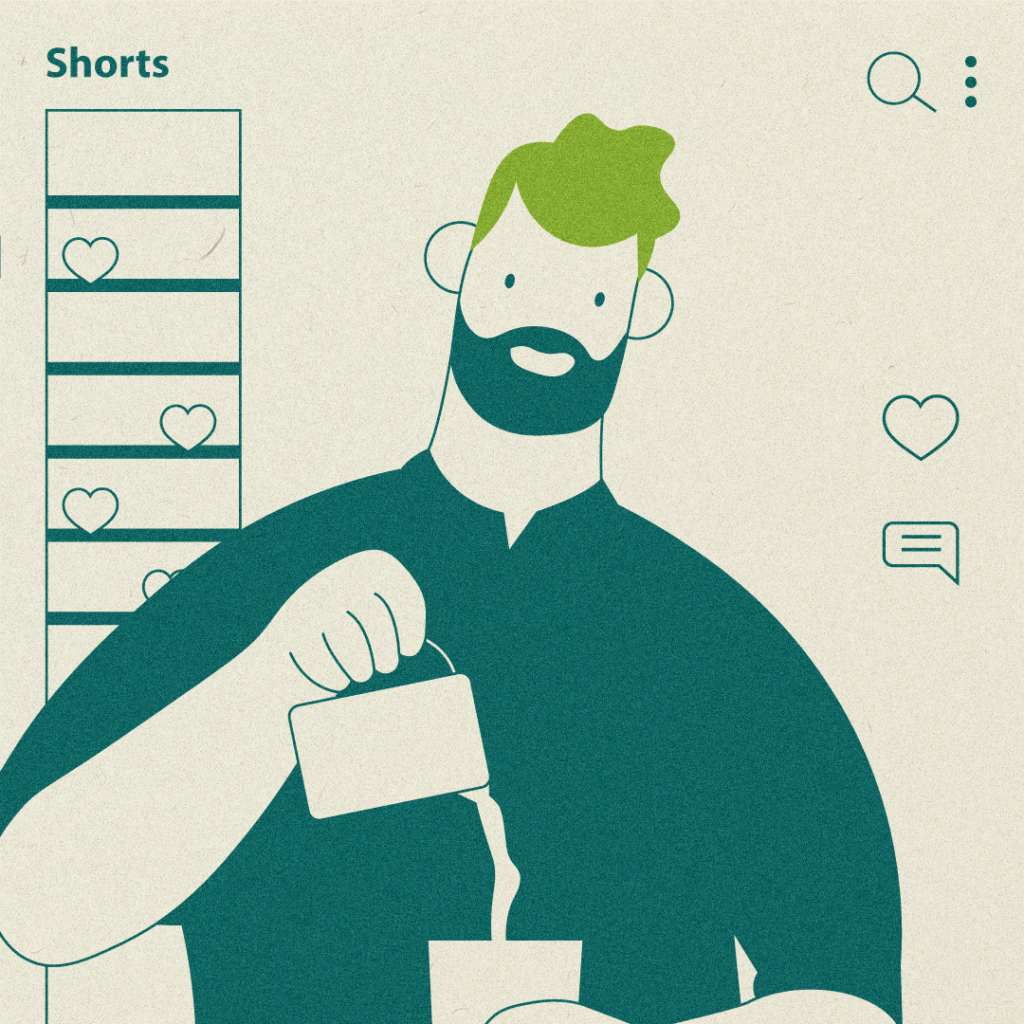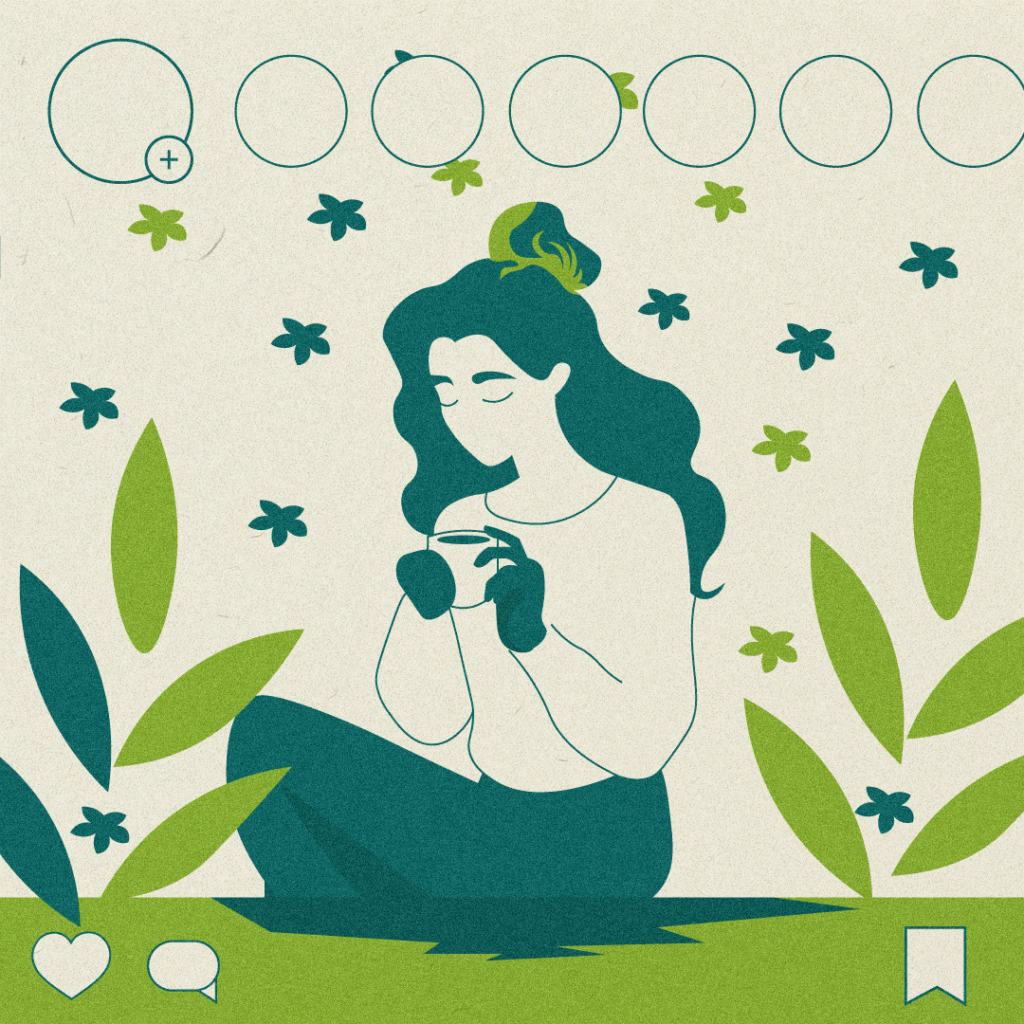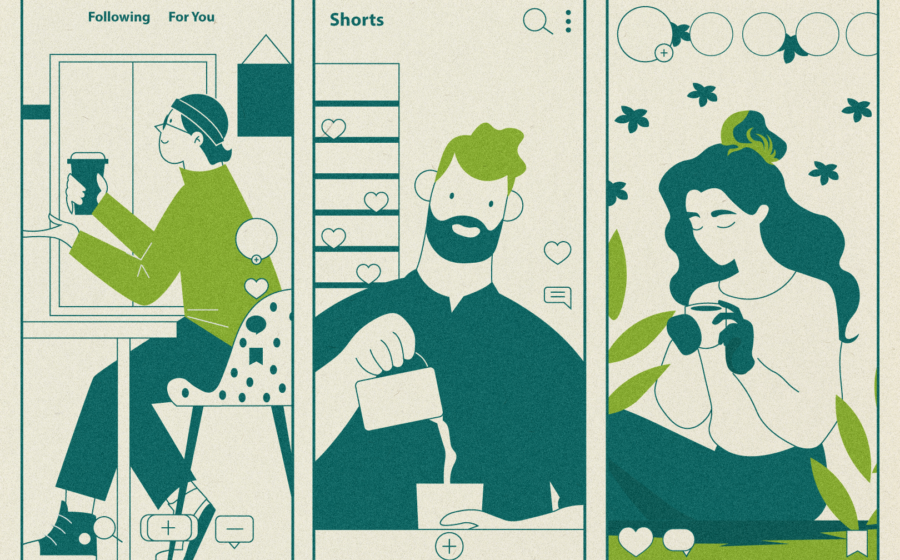The first time Kauser Inamdar attended a latte art throwdown, witnessing baristas go head-to-head in a bracket-style competition pouring intricate designs into coffee drinks, she knew she was looking into her future.
There was only one problem: she wasn’t a barista, nor did she aspire to switch career paths anytime soon. She was a software engineer, and though she had only steamed milk a few times on the office espresso machine, something about the competition drew her in.
“I couldn’t even pour a heart yet, but I knew I wanted to be up there; I wanted to pour,” she said.
After the throwdown, Inamdar attended a couple of latte art classes at local cafes in San Jose and would practice pouring whenever she was at the office. Then, when the pandemic hit in 2020, Inamdar invested in a Breville Barista Express for her house and started an Instagram account documenting her latte art journey.
“It was so exciting to see the progress,” she said. “I know some of my pours are always going to suck, but once in a while, I get this golden pour, and it’s like, wow. I did that.”
Her Instagram account got some attention, notably from Frankfurt-based coffee professional Annabell, who messaged Inamdar and offered her free virtual latte art coaching.
“She’s the one who really helped me get this far,” said Inamdar. “Without her, I wouldn’t have a grasp on fundamentals, which are so important.”
Inamdar joins a growing community of passionate home baristas eager to hone their craft and enter the world of specialty coffee. According to the National Coffee Association, 84% of coffee drinkers made coffee at home, up 4% from pre-pandemic levels, with no signs of slowing down. One recent consumer report predicts that the global market for home machines will grow at a rate of 5.90% from 2023 to 2030.
But who exactly is the home barista? How do they think about coffee? And how can coffee shops and roasters warmly welcome this enthusiastic community?
Making Things Approachable
Ethan Rode straps his iPhone to his head to film his cappuccino prep routine: he tosses his Fellow Atmos canister in the air, catches it with flair, depresses the valve, and then carefully measures precisely 18 grams of coffee beans on an Acaia Lunar scale. He twists the lid back on the canister, spritzes the beans with water to reduce static, and funnels them into the top of a single-dose Timemore grinder.
A lot of the comments I get are like, ‘I didn’t realize this was this whole world of people who rake their coffee beans with little acupuncture needles and then tamp it down and use a puck screen and have all these little tools.’ ethan rode
The video of Rode’s home coffee routine continues for four minutes and 18 seconds, with Rode narrating the minutiae of preparing the perfect cappuccino at home. At the time of writing, Rode’s video has 18.9M views on TikTok.
“A lot of the comments I get are like, ‘I didn’t realize this was this whole world of people who rake their coffee beans with little acupuncture needles and then tamp it down and use a puck screen and have all these little tools,'” he said.
Much like Inamdar, Rode is a home barista, and his interest in coffee was stoked by the premise of creating content for social media. Rode makes coffee videos for his 1.7M TikTok followers, covering various topics from elaborate puck preparation techniques to pairing foods with Nespresso pods.

He aims to reach a target audience of curious beginners, like folks who currently frequent their local Starbucks but are interested in learning more about specialty coffee. By offering a wide variety of engaging content, he breaks down the barrier to entry.
“I think there’s this elitist view where you must have coffee a certain way to be in the specialty coffee niche, but I don’t really believe in that,” he said.
He said that broadening the coffee lens and including the frappuccino drinkers of the world is crucial to expanding coffee’s customer base. “I’m a firm believer that coffee can be anything you want it to be,” said Rode. “It can be as simple as you want it to be, and it can be as extra as you want it to be.”
Improving Education
Once they start to tiptoe into the vast world of coffee, new home baristas might be quickly overwhelmed by all the information, tools, and science available online. At least, that’s how it is for many of Dani Bordiniuc’s students.
Before coffee, Bordiniuc had a successful career as a corporate data analyst. He and his wife would use their vacation days to travel to European cities with bustling specialty cafe scenes, sampling various roasters and menus. His passion for coffee greatly outweighed his feelings for consumer data analytics; eventually, he decided to leave corporate life and dive head-first into the service industry.
I think more often than not, it’s on us, the professionals working in the industry, to really simplify things and make it as easy as possible for them to understand so they can apply those things to their home setup. Dani Bordiniuc
He entered a transition period where he read many coffee books, attended industry events and tastings, and interviewed roasters to glean as much knowledge as possible about his newly chosen profession. When COVID-19 happened, Bordiniuc started having very interesting conversations with customers at the cafe—people were looking into getting an espresso setup at home as their favorite cafes closed or had limited service hours.
“We found ourselves in a position as baristas where we actually had the opportunity to educate our customers and help them,” he said. He soon started hosting home barista workshops with customers from the cafe as a side hustle. Then, after a few months, Bordinius started an online barista training business called Brewing with Dani.
He leads virtual one-on-one workshops with people worldwide, all of whom share his passionate curiosity about coffee, but many don’t know what they don’t know. “I’ve met an amazing mix of people from all walks of life, and when you get the chance to talk to these people, you quickly understand the lack of knowledge and education out there,” he said.

In his experience, many home baristas learn about coffee through online platforms, maybe watching hours of tutorials on YouTube. However, they are still coming up short, often because they lack the fundamentals, like understanding brew ratios and grind size. Now, he creates educational content to eliminate friction and make the learning process as easy as possible for his target audience.
It’s important to strike a delicate balance between too much and not enough information, he said. “I think more often than not, it’s on us, the professionals working in the industry,” said Bordiniuc, “to really simplify things and make it as easy as possible for them to understand so they can apply those things to their home setup.”
No Lines in the Sand
To fully embrace home baristas into the specialty coffee community, it’s important to celebrate their passion rather than draw lines based on professional distinctions.
Inamdar reminded me several times during our interview that she’s by no means a coffee professional. Yet, it was the supportive guidance of industry veterans that helped her realize her goal of advancing in a latte art competition.

Annabell and Jhoselin, the trainer who taught bi-quarterly latte art classes at her corporate office, saw her potential. Instead of casting her out, they welcomed her with open arms and even encouraged her to compete at last year’s San Francisco Coffee Fest throwdown.
“I poured the funkiest heart, and I was shaking like crazy,” she said. “But I felt so supported. That’s what I appreciate about the community—people are looking out for me.”
Investing in home espresso machines and learning more about brewing at home hasn’t stopped these baristas from frequenting their local coffee shops for inspiration. But the bar has certainly been raised.
I poured the funkiest heart, and I was shaking like crazy. But I felt so supported. That’s what I appreciate about the community—people are looking out for me. Kauser Inamdar
“I’m such a snob when it comes to traveling now,” she said. “My espresso is way better than it was six months ago, so my standards are different for cafes.”
As the home barista community grows, the coffee community inherently grows with it. As an industry, it’s essential to welcome home brewers into our events and competitions and to celebrate their diversity, curiosity, and passion for coffee.















